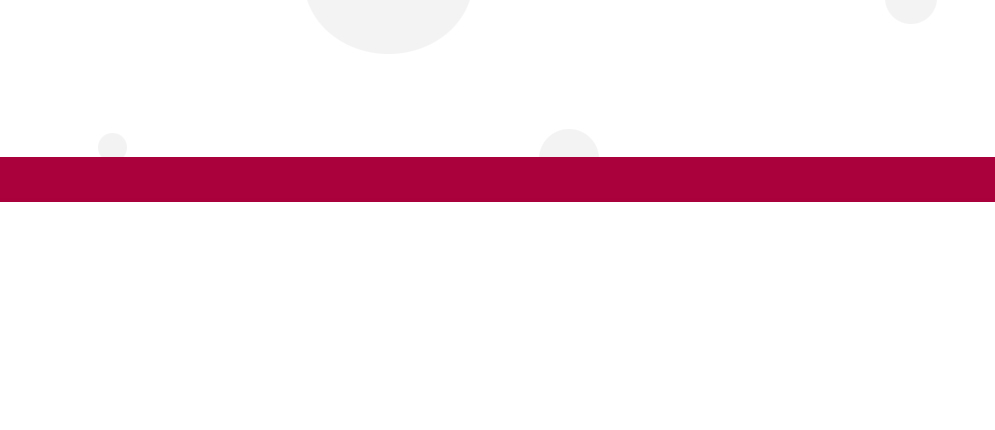今日立春:关于立春的9个小常识 24 Solar Terms: 9 things you may not know about Start of Spring
The traditional Chinese solar calendar divides the year into 24 solar terms. Start of Spring, the first solar term of the year, begins this year on Feb 4 and ends on Feb 18.
中国传统二十四节气的第一个节气是立春,今年的立春从2月4日开始,2月18日结束。
Start of Spring lifts the curtain of spring. After that everything turns green and full of vigor; people clearly see that the daytime is becoming longer and the weather is becoming warmer.
立春拉开了春天的帷幕。立春之后,万物吐绿,生机勃勃,人们可以明显地发现白天变长了,天气变暖和了。
Here are nine things you should know about Start of Spring.
一起来了解关于立春的9个小常识。
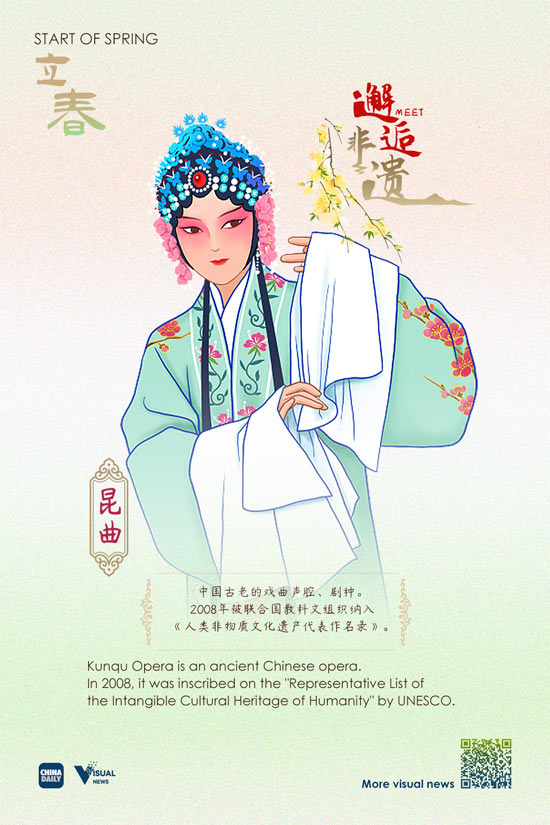
Start of Spring and Spring Festival
立春和春节
As a solar term, Start of Spring had already entered people's lives in the Spring and Autumn Period (770-476 BC). At that time, there were eight solar terms. According to some experts, the 24 solar terms were used for the first time in books during the Western Han Dynasty (206 BC-AD 24), when the Start of Spring was set as the Spring Festival. In 1913, the first day of the first month of the lunar year was mandated as the Spring Festival.
早在春秋时期(公元前770至476年),立春节气就进入了百姓生活。当时只有8个节气。据专家介绍,二十四节气的说法是在西汉时期(公元前206年至公元24年)首次在典籍中出现的,当时立春就是春节。1913年,农历一月的第一天被定为春节。

Flying a kite
放风筝
Spring is the best season for kite-flying. As a traditional folk activity, it has a history of more than 2,000 years. It can help build one's health and prevent diseases. It also has the effect of promoting blood circulation and speeding up metabolism. A breath of fresh air outside can discharge the foul smell accumulated in winter.
春天是最适合放风筝的季节。这项传统民间活动已经有两千多年的历史。放风筝有助于增进健康、预防疾病,还能促进血液循环,加速新陈代谢。呼吸户外的新鲜空气可以帮助身体排出冬季聚集的浊气。

Erecting the egg
竖蛋
In China, it is said that the egg can be set upright on the first day of the Start of Spring, Spring Equinox day and Autumn Equinox day. It is believed that if someone can make the egg stand on the first day of Start of Spring, he will have good luck in the future.
中国有个民间说法,鸡蛋在立春、春分和秋分节气的第一天可以竖起来。据认为,如果一个人能在立春日这天把鸡蛋竖起来,他就能交好运。
According to astronomers and physicists, setting the egg upright has nothing to do with time, but with mechanics. The most important thing is to shift the egg's center of gravity to the lowest part of the egg. In this way, the trick is holding the egg until the yolk sinks as much as possible. For this, people should choose an egg about 4 or 5 days old, whose yolk is inclined to sink down.
天文学家和物理学家指出,鸡蛋竖起来和时间无关,和力学有关。最重要的是把鸡蛋的重心调整到鸡蛋最低的部位。诀窍就是握着鸡蛋,直到蛋黄尽可能下沉。人们应该选择一个放置了4到5天的鸡蛋,这样的鸡蛋蛋黄容易下沉。
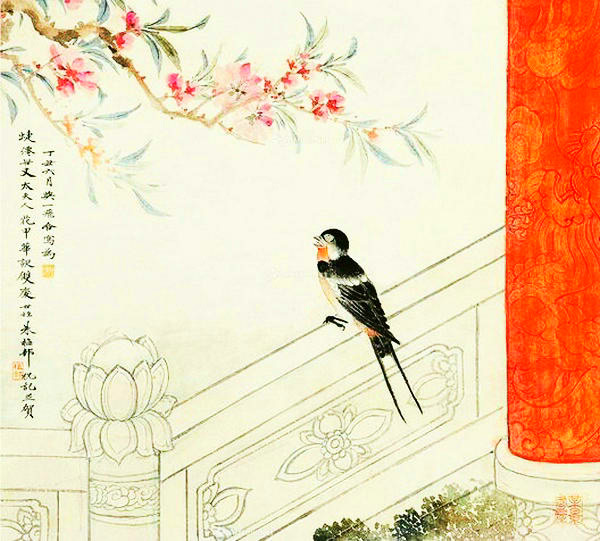
Wearing fabric swallows
佩燕子
Wearing fabric swallows is a custom in some regions in Shaanxi. Every Start of Spring, people like to wear a swallow made of colorful silk on their chests. The custom originated during the Tang Dynasty (618-907). The swallow is a harbinger of spring and a symbol of prosperity and happiness.
在陕西部分地区,立春有佩燕子的习俗。每年立春日,那里的人们喜欢在胸前佩戴用彩绸剪成的“燕子”。这一习俗起源于唐朝(618至907年)。燕子是春天的使者,象征着繁荣和幸福。

Biting the spring
咬春
In many parts of China, people observe the custom of "biting the spring" on the first day of Start of Spring. They eat spring pancakes, spring rolls, or a few mouthfuls of carrots.
在中国的许多地区,人们在立春日有“咬春”的习俗。人们吃春饼、春卷或咬几口萝卜。
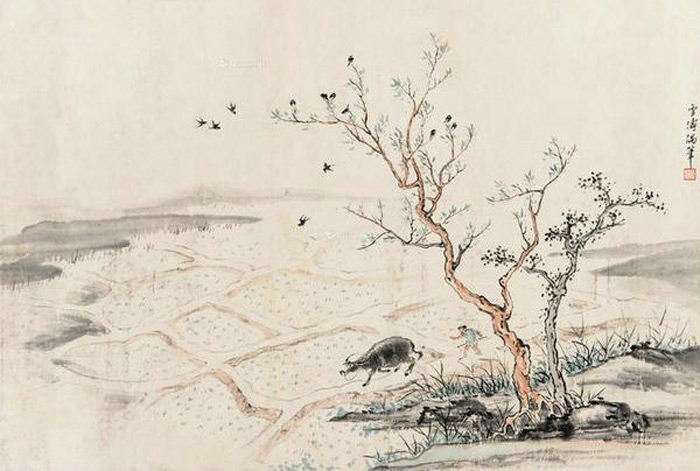
Making a Spring Ox
糊春牛
This custom in Shaanxi is practiced right before the Start of Spring. The local government hires some skilled artisans and gathers them to build the frame of an ox out of bamboo strips and the legs with wood. Then they paste some paper and paint onto it—and, voila! The image of an ox is complete. It is said that if more red and yellow paper is used, then there will be a good harvest that year; if black paper is pasted, then the year will be poor. When the paper ox is ready, there is a ritual to paint the eyes. After that, people will set up an altar for it and worship it.
陕西人有立春前糊春牛的风俗。当地政府会聘请一些能工巧匠,让他们聚在一起,用竹篾绑成牛的骨架,然后用木头作为腿,接着糊上纸张并涂上颜料,这样一个牛的形象就完成了。民间认为,如果糊上更多的红黄色纸,那么当年的农作物将会获得丰收;如果糊上黑色的纸,则预示着当年收成不佳。春牛制作完成后,会有一个开光点睛的仪式,然后人们会设立香案并顶礼朝拜。
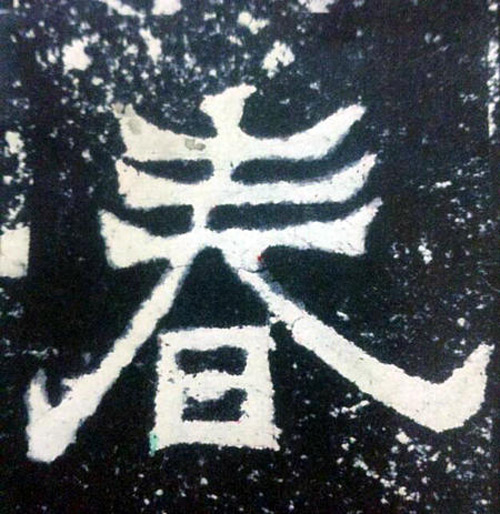
Posting spring calligraphy and paintings
贴书画
The custom of posting calligraphy and paintings on one's door in the spring first appeared during the Tang Dynasty (618-907). People would do so to welcome spring and pray for good luck on the first day of Start of Spring.
春天在门上贴书画作品的风俗最早起源于唐朝时期(618至907年)。人们在立春日贴书画来迎接春天,祈求好运。
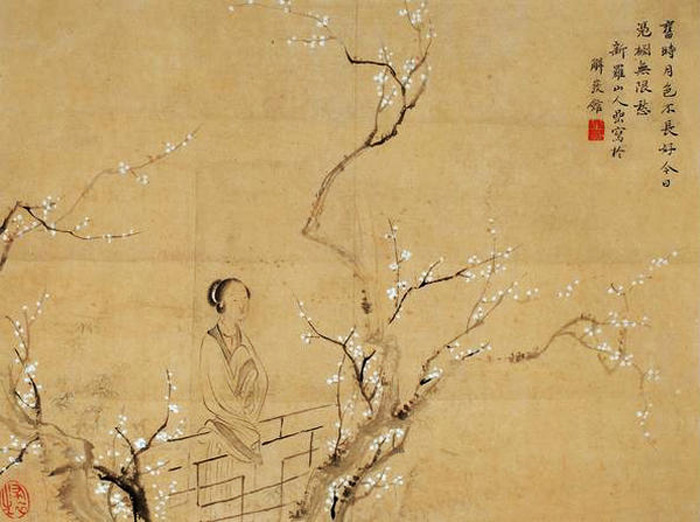
Appreciating plum blossoms
赏梅
Plums blossom from the 12th lunar month to the second month of the next year. The plum blossom, as it fights against the cold, is the most highly regarded. In China, the plum blossom, orchid, bamboo and chrysanthemum are praised as the four gentlemen of Chinese flowers.
梅花的花期从农历12月持续到来年农历2月。凌寒盛放的梅花备受赞赏和喜爱。在中国,梅兰竹菊被誉为花中四君子。
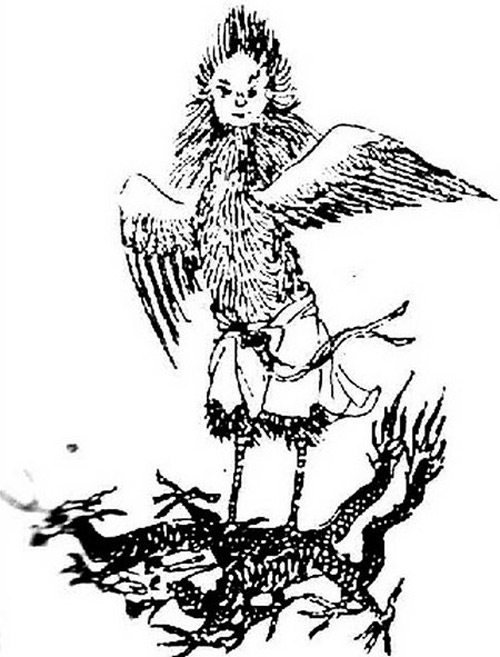
Welcoming spring
迎接春天
People in China began holding a special ceremony on the first day of Start of Spring about 3,000 years ago. They made sacrifices to Gou Mang, the god of Spring, who is in charge of agriculture. By the Qing Dynasty (1644-1911), greeting spring had become an important folk activity. In Beijing, government officials welcomed spring in the wild field near Dongzhimen (the east gate of Beijing).
中国大约在三千年前就开始在立春日这天举行迎春仪式。人们会祭祀掌管农业的春神句芒。清代(1644至1911年)年间,迎春成了重要的民间活动。在北京,政府官员在东直门附近的空地上举行迎春仪式。
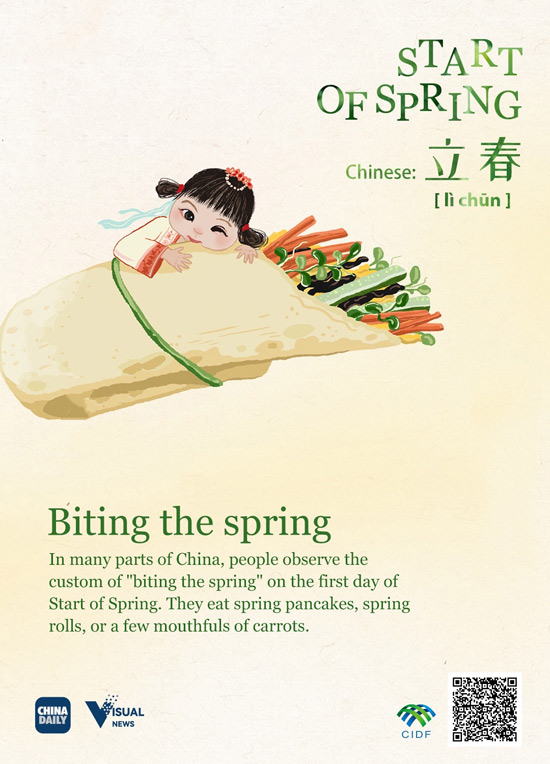
英文来源:中国日报网


